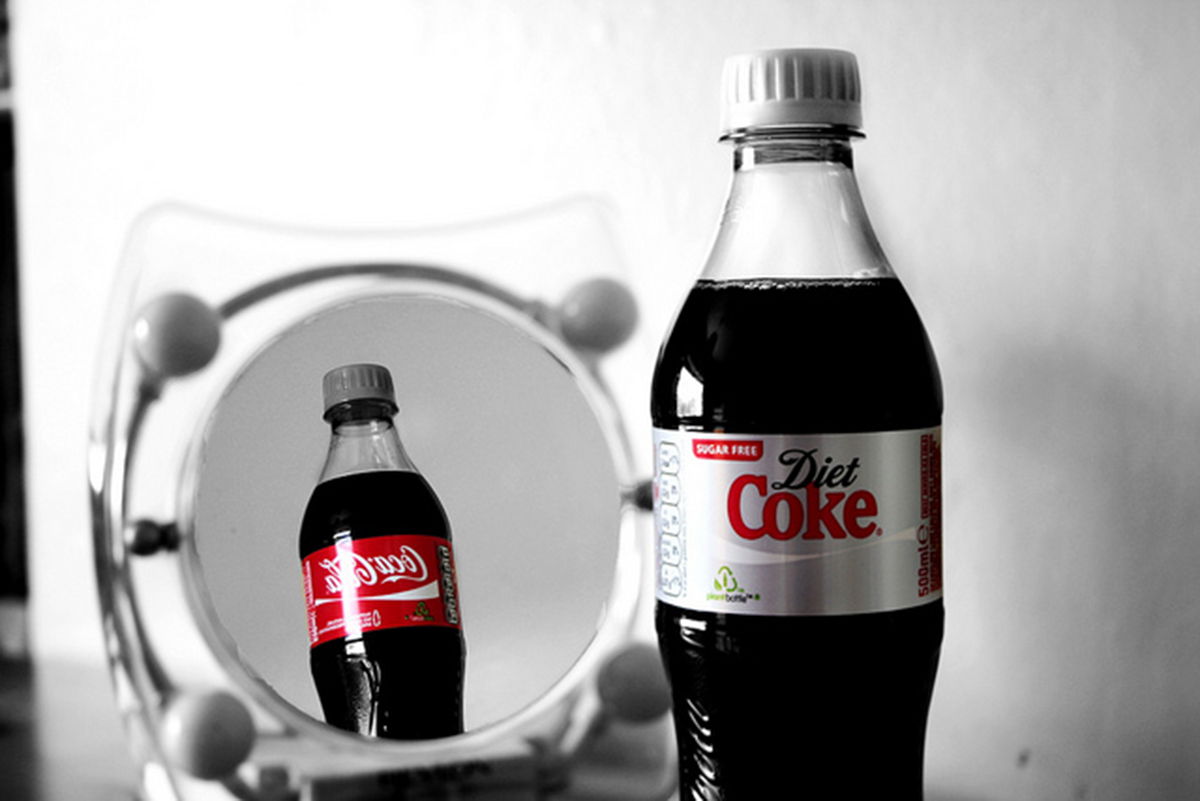You probably think you could spot a person with an eating disorder in any crowd. They're the super-skinny Caucasian teenage girls, with skin like wax-paper, and super-rich parents, right? She takes dance classes, gets straight-As in school, and can be found at lunchtime, painstakingly slicing an apple into thirty identical slices.
That's the stereotypical view of the individual with an eating disorder, and it couldn't be further from the truth.
Why don't you take a look at the Top Seven Myths about Eating Disorders and learn how to separate the fact from the fiction of these devastating diseases.

In Brief: What are Eating Disorders
Eating Disorders are a type of mental health disorder, typified by the individual's disordered relationship with food. The individual may routinely eat more or less than is necessary to survive. Eating disorders are very serious and may coexist with substance abuse problems, depression, or anxiety.
There are three general diagnoses. Anorexia Nervosa (the individual sees themselves as extremely overweight and may severely restrict their food or exercise excessively), Bulimia Nervosa (episodes of binge eating, followed by periods of purging), and Binge-Eating Disorder (uncontrolled periods of bingeing). All these disorders can be treated once diagnosed.
Myth One: Eating disorders are a white teenage girls' disease
That is a myth. Eating Disorders are found in ethnic minorities, in men, and in older populations. In ethnic minorities, a study by Striegel-Moore reported that African Americans may be particularly prone to Eating Disorders with binge-eating elements. Meanwhile a study of 7th grade girls by Robinson et al (1996) reported that Hispanic and Asian girls feel less satisfied with their bodies than Caucasian girls. A further study of minority women by Villarosa (1994) found that 71.5% of the women were preoccupied by a desire to be thinner.
In men, it's been reported that 25% of individuals with Anorexia Nervosa and Bulimia Nervosa are men, while 36% of those with Binge-Eating Disorder are male (Hudson, 2007). This shows that a huge percentage of eating-disordered individuals are make.
Additionally, Eating Disorders are not limited to teenagers and young adults. In 2003, one-third of all admissions to specialist units for Eating Disorder treatment were for individuals over thirty-years-old. Body worries don't cease when individuals are in their later years. A study of women over the age of seventy-years-old found that 20% of the women were trying to be slimmer, though such dieting could be harmful at that age.
Myth Two: Eating Disorders are just a lifestyle choice
That is false! Eating Disorders are a serious mental illness and require treatment. Not only are Eating Disorders linked to social factors, such as a society that glorified thinness and cause pressure to work towards "the body beautiful", they are also caused by many other factors.
READ Psychological elements of eating disorders
Emotional factors are often present, including low self-esteem, depression and anxiety.
However, Eating Disorders also have biological causes. They are likely to run in families and are believed to have a possible biochemical cause. Certain chemicals in the brain cause hunger, and it has been found that, in some eating-disordered individuals, these chemicals become imbalanced. This is still under investigation.
Eating Disorders Myths Continued
Myth Three: All people with Eating Disorders are really skinny
Incorrect. It's possible to be overweight, or a normal weight, and to be experiencing an Eating Disorder. Eating Disorders are demonstrated by a person's thoughts, behaviours and feelings, and not their appearance. Even if a person looks entirely healthy, if they restrict their food with strict rules, obsess over their weight, compare themselves unfavourably to other people, feel guilty when they eat, feel fat, exercise excessively or binge in private, that person has an Eating Disorder.
Myth Four: If the person would just eat something, they'd be fine

It's a common myth that you can cure an individual with Anorexia Nervosa if you could persuade them to eat a cheese sandwich. But that is a myth. Eating Disorders are not merely, about food and the need to control food. Eating Disorders occur when a patient uses food as a coping mechanism to deal with complex underlying issues. These issues won't go away because you've persuaded the patient to eat something. They must be discussed with a fully-qualified therapist.
Myth Five: Eating disorders are a fad. They'll go away if we ignore them.
Ignoring an Eating Disorder is like ignoring a rhinoceros that charges through your living room, destroying your furniture. It can cause lasting damage. Eating Disorders aren't just a fad and they won't go away. You can't ignore it, like an ill-advised tattoo. Eating Disorders are the most deadly of all mental health disorders. 4% of all individuals with Anorexia Nervosa, and 3,9% of patients with Bulimia Nervosa, will die because of it.
Myth Six: There's no such thing as too much exercise
No-one is disputing the fact that moderate exercise is good for you. When an individual with an Eating Disorder exercises, however, they can do so for hours without adequate nutrition. This excessive approach to exercise leaves the individual susceptible to amenorrhea (absent periods), as well as crippling diseases such as osteoporosis, arthritis, and dangerous heart disease.
READ Eating Disorders (Anorexia, Bulimia and Binge Eating) Among Males Becoming Common
Myth Seven: Once the person is back to a normal weight, they're cured
"Curing" an Eating Disorder is not as simple as feeding the patient until they're a normal weight and then sending them back to work. Regaining weight is an important part of recovery, but the patient must also engage which appropriate psychological therapist, such as Cognitive Behavioural Therapy, which aims to replace the maladaptive thought processes and replace them with healthy ones. Eating Disorders are highly complex and treatment can last for months, even once a healthy weight has been achieved.
Do You Think You Have an Eating Disorder?
Have you realised that you may have an Eating Disorder? Realising it may be the first step to beating your disorder and reaching for good health. If you're having trouble, contact your primary care physician. They can refer you to a reputable therapist. Alternatively, use the American Psychological Association's Psychologist Locator (USA) or the British Association of Counsellors and Psychotherapists' online directory (UK), and search for a therapist who specialises in Eating Disorders.
A competent therapist can help start you on the road to recovery.
- http://eating-disorders.org.uk/counselling/do-i-have-an-eating-disorder
- http://www.nationaleatingdisorders.org/eating-disorders-affect-us-all
- https://www.nationaleatingdisorders.org/factors-may-contribute-eating-disorders
- https://www.nationaleatingdisorders.org/mortality-and-eating-disorders http://www.nationaleatingdisorders.org/research-males-and-eating-disorders https://www.nimh.nih.gov/health/publications/eating-disorders-new-trifold/index.shtml
- http://www.nationaleatingdisorders.org/whats-age-got-do-it
- http://www.niams.nih.gov/Health_Info/Bone/Bone_Health/Exercise/fitness_bonehealth.asp
- www.nimh.nih.gov/health/publications/eating-disorders-new-trifold/index.shtml
- Photo courtesy of lauralewis23: https://www.flickr.com/photos/lauralewis23/7515152254/ and https://www.flickr.com/photos/lauralewis23/6917483605
- Photo courtesy of


Your thoughts on this